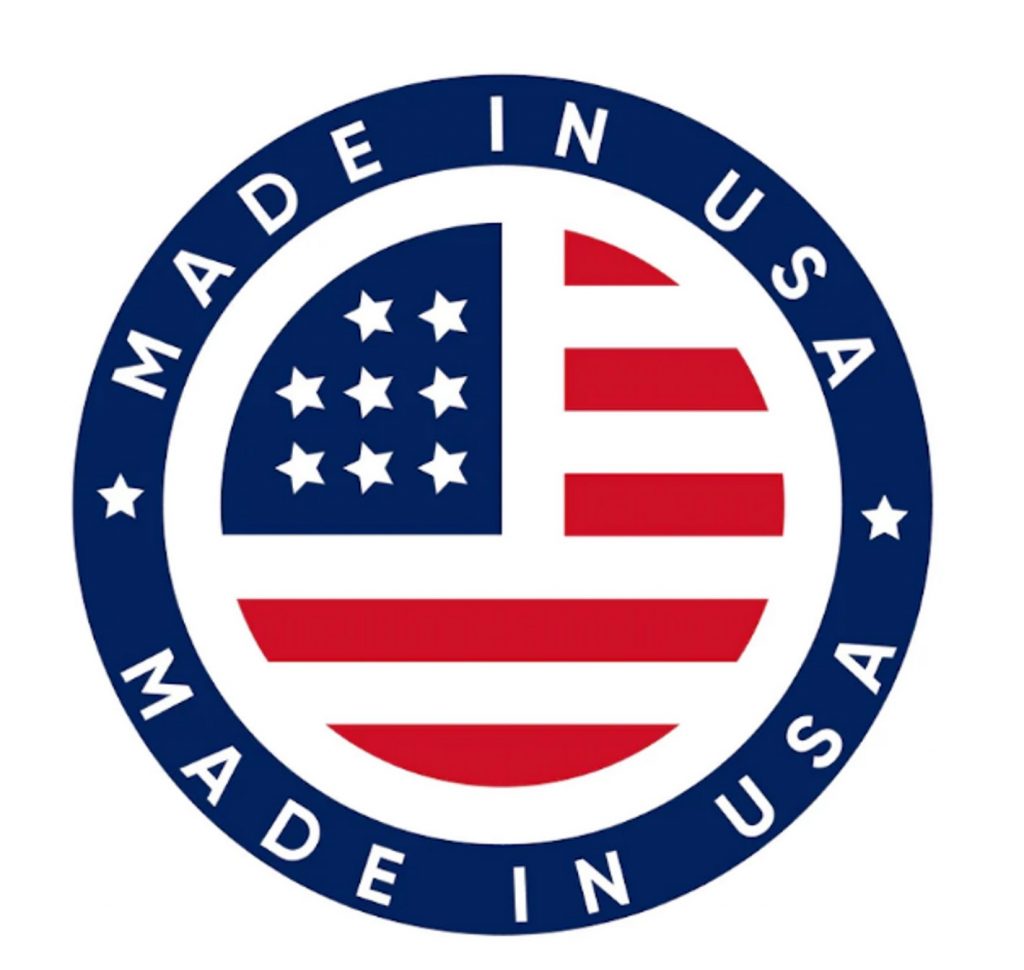
According to Manufacturing.net, a new Xometry poll, produced in concert with Forbes and Zogby, “reveals nearly two-thirds (64%) of the CEOs say they are currently reshoring or nearshoring their operations or planning to.”
This momentum from manufacturing leadership dovetails with consumer commitments to support made-in-the-USA products.
In late 2020, The Reshoring Institute – a non-profit dedicated to bringing manufacturing back to the United States – revealed the results of its latest “Made in USA” survey and sentiment appears to have shifted a bit. In this most recent report, 69% surveyed said they prefer made-in-the-USA products and three-quarters are willing to pay 10 or 20% more for them.
The American labor shortage has created challenges for companies looking to bring back production to U.S. shores.
Furthermore, as the Reshoring Initiative points out in its most recent newsletter, the march out of China is a long one. They cite Bloomberg Intelligence experts who claim it would take eight years to get just 10% of Apple’s production out of China.
That said, the Reshoring Initiative characterizes the following impactful variables that could influence more companies to bring production the United States:
- The CHIPS Act, kicking off a new era of industrial policy.
- High natural gas prices in Europe.
- A strong manufacturing economy, setting the state for “a manufacturing resurgence in the United States,” according to McKinsey.
Add to that the challenges facing one specific locale that’s been recipient to a large volume of manufacturing goods once produced in America: China.
The country’s “Zero COVID policy” continues to wreak havoc on production rates in key regions, as well as increasing costs for manufacturing amid a backdrop of rising debt and a housing crisis. Additionally, “Economic and political instability will lead foreign companies to decide that China is no longer such an attractive market and will shift elsewhere, including to the U.S., Canada and Mexico.”
There seems to be a concurrent rise in American consumers’ willingness to support the objectives with their wallets.

 Dad Caps
Dad Caps
 Five Panel Hats
Five Panel Hats
 Mesh Back Hats
Mesh Back Hats
 In Stock Blanks
In Stock Blanks
 Snapback Hats
Snapback Hats
 Stretchfit Hats
Stretchfit Hats
 Duffel Bags
Duffel Bags
 Backpacks
Backpacks
 Tote Bags
Tote Bags
 Computer Bags
Computer Bags
 Sling Messenger Bags
Sling Messenger Bags
 Cooler Bags
Cooler Bags
 Cuff Hats
Cuff Hats
 Beanies
Beanies
 Scarves
Scarves
 Zipper Folders
Zipper Folders
 Stitched Folders
Stitched Folders
 Accordion Folders
Accordion Folders
 Ring Binders
Ring Binders
 Letter Folders
Letter Folders
 Clipboards
Clipboards

 Union Made In USA
Union Made In USA






